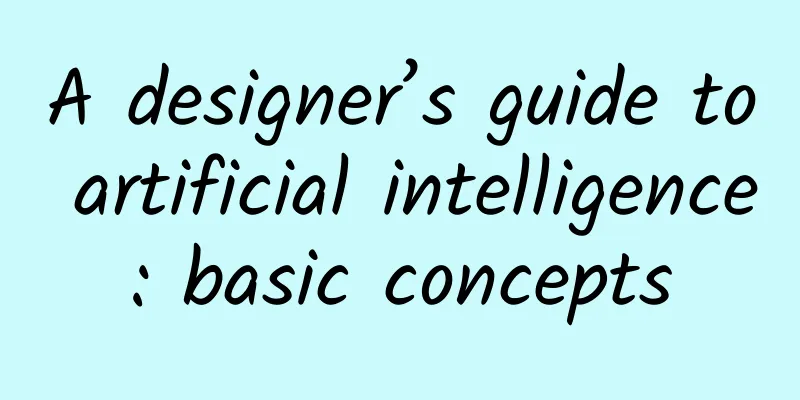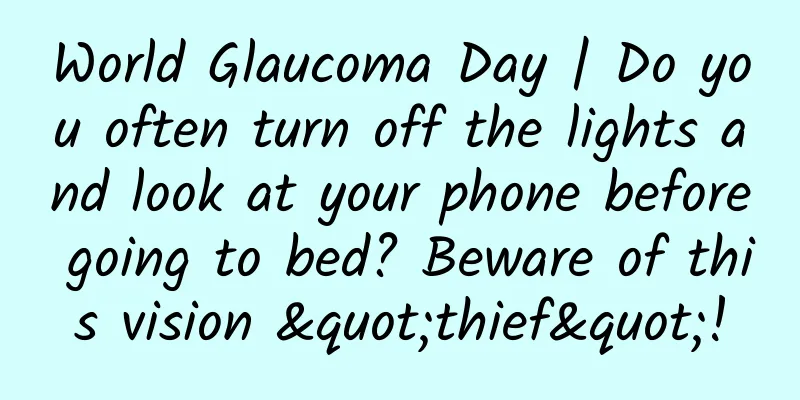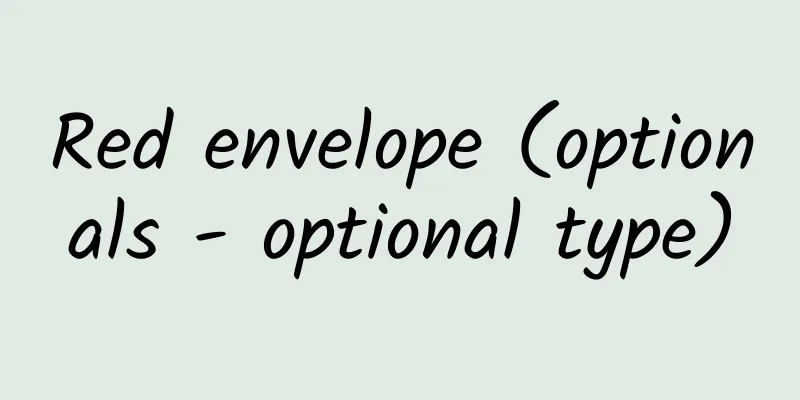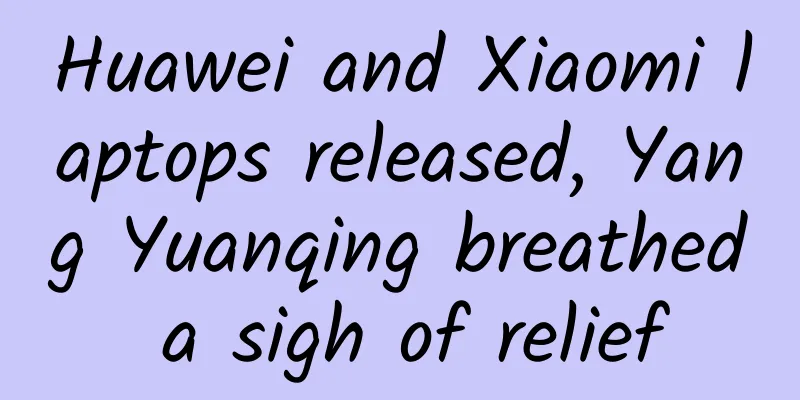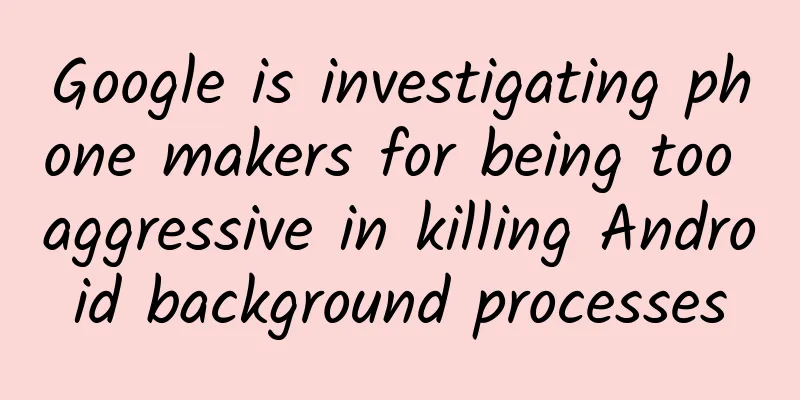The future of mobile is not in apps
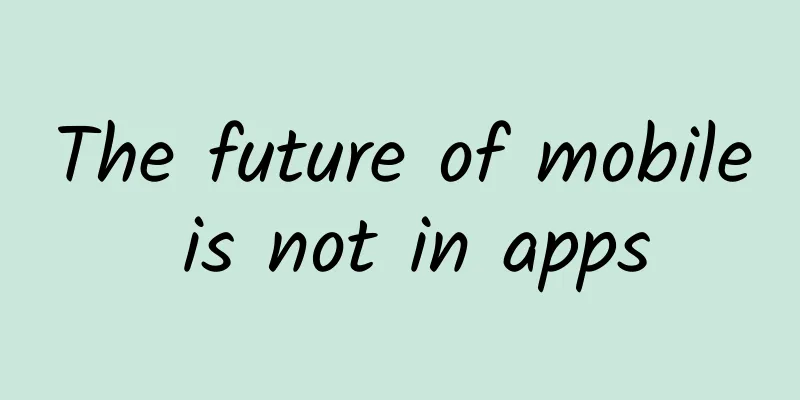
|
The Web's Outlook Tells Us to Get Ready for a Push-Based Future The Web as we know it is about to fundamentally change, according to one prominent figure. WordPress may be the engine for nearly a quarter of all websites, but Drupal isn’t far behind, with about 5% of the world’s websites powered by Drupal, and 12% of the world’s top 100,000 websites using Drupal. So when Drupal founder Dres Buettelter says the Web will see a massive re-architecture and re-platforming in the next decade, it’s worth digging deeper into what he means. From search to push The web has served us well for more than two decades, offering everything from helping us become better people to providing diaper-changing tutorials. (Hint: If you don’t help out much around the house, the former may be more useful to you.) But we need to find this content ourselves, and frankly speaking, in a society of instant gratification, this type of Google search may be difficult to do. At least that’s the point that Buitelt argues: The current Web is search-based, which means we visit a website or download a mobile app. The future Web is push-based, which means the Web will be presented to us. Over the next decade, we will see a shift from a search-based Web to a push-based Web. When this “big flip” is complete, the Web will go behind the scenes, just like our electricity and water supply. As Facebook, Flipboard, and other modern web services demonstrate, this push-based web caters to our interests rather than waiting for us to search for them: In the future, content, products and services will come to us. Puma will remind people to buy new shoes, and Marriott will automatically offer to book a room when people miss their flight. Without visiting any website, we will be pushed relevant information and asked to take appropriate actions. The main function of the web is to let us know what is happening or provide relevant information, not for us to search for it. Surrounded by notifications Of course this means that the way we interact with the web is going to change. And we are already changing. We are getting push notifications on our smartphones, which are similar to web push. Push is also used for ad retargeting. Once the primary interest is determined based on a web search, various push ads based on the search content will be received next. You might be wondering where mobile apps fit into this new Web, and you'd be right. I’m not saying that apps aren’t important. They certainly are. But we’ve seen a lot of questions about their usefulness in certain contexts. There’s even a bigger question: if the future of the web is push, how do mobile apps serve that purpose? Or as Paul Adam, a former Facebook and Google employee, puts it: In a world where notifications are everything, apps are becoming less and less useful. Apps are becoming less and less meaningful as a landing point. Why would you need a Facebook app when you can get Facebook content through system-level notifications and take action, such as commenting or other actions? I really believe that in a few years, the app interface will disappear or be hidden deep in the user interface as a secondary navigation. It’s not that apps are useless, it’s just that they are incomplete without interaction. Today’s push notifications rely on the app being installed and the user being able to give the app permission to push notifications. What about the future? It's hard to say whether the mobile world of the future will be the same as the present. Push and search Let’s return to Buitelt’s theory. The ultimate result of the Web’s “Big Flip” is a complete reordering of the global economy, Buitelt insists: We are in the transition period between two very different economies. First, the "push economy" attempted to anticipate consumer demand, create a large number of standardized or generic products, and "push" them to the market through global distribution channels and markets. Now it is a "search economy", not creating standardized products, but creating highly customized products and services, produced based on demand, and delivered to consumers through one-to-one relationships and truly personal experiences. Developers who want to stay ahead of the curve should follow Intercom's advice and build systems rather than providing an endpoint. If you want users to stay in your app and not use other apps or the web, this is basically impossible. I think we should learn a lesson from the experience with the Apple Watch. As I wrote before, unless the Apple Watch has built-in GPS, it is useless to me, and probably to you too. But Apple Watch will teach us to think in terms of notifications, not apps. With such a small screen, getting users used to receiving notifications is key. Just like the impact of iOS on Mac OS X, Apple Watch will also affect trends in smartphone, tablet and even desktop development. The future is push-based, but you can start preparing for it now. |
<<: Watch Control: Build a bridge between you and Android Wear
>>: In-depth analysis of Android dynamic management fragment: "Do you know these components?"
Recommend
Could it be possible that the original sculptor of the Sphinx was not a human?
The ancient pyramids and the Sphinx are probably ...
91 Ten Articles: Daily Must-Read Briefing for the New Energy Vehicle Industry 210315
1. According to people familiar with the matter, ...
Nitrite is produced during the pickling process, so we can’t eat a single bite of kimchi?
Pickles are a traditional Chinese food. The most ...
The Ice Bucket Game is becoming increasingly alien to charity
The "Ice Bucket Challenge" to raise awa...
Five strategic keywords outline the 2015 blueprint of Youpengpule
If 2014 was a dormant year for the Internet TV in...
Inflate, deflate, inflate, deflate, inflate...can't deflate anymore!
Audit expert: He Lin Zhihu famous science blogger...
Rare! Very beautiful! 丨Base construction
Review expert: Gu Mingdi Lian (He Lin), a well-kn...
Metformin's miracle reappears: giving primates' organs a "youthful coat"
Metformin can be said to be a star candidate for ...
The secret to becoming a king of sales: subvert your understanding of sales
Course Catalog: ├──01 Can you really sell anythin...
Zhang Gang, Operation Director of Longzhu Live: Please get the operation logic that operators must know!
The Internet is a sea of pictures and texts, an...
Watch! What will the Shenzhou 14 astronauts do during these days of “business trip”?
With the successful launch of the Shenzhou XIV ma...
The specific time schedule for the 2022 college entrance examination and the prediction of the admission score line for the 2022 college entrance examination!
The 2022 college entrance examination will start ...
Smartphones will disappear in five years, says survey
According to CNBC, a new consumer survey shows th...
Is the customization cost of Hebi Geotechnical Building Materials Mini Program high? Hebi Geotechnical Building Materials Mini Program Customization Cost and Process
What is the price of customizing Hebi geotechnica...
How to increase popularity through Kuaishou live streaming? A few tips will help you realize your dream of becoming an internet celebrity!
Professional Douyin and Kuaishou likes-boosting p...

